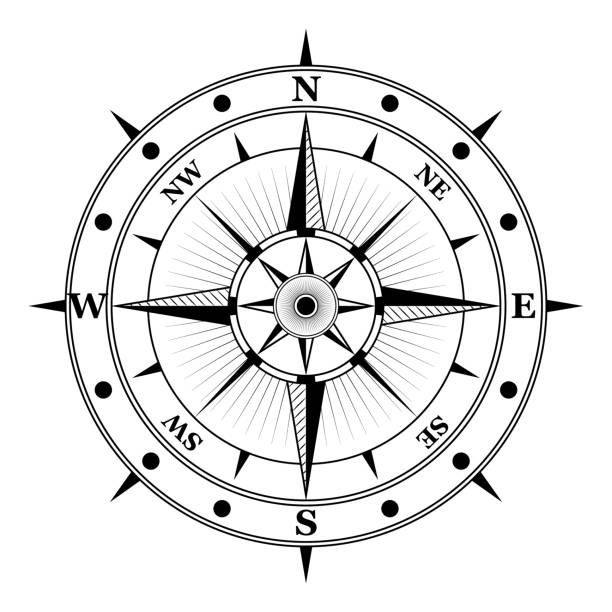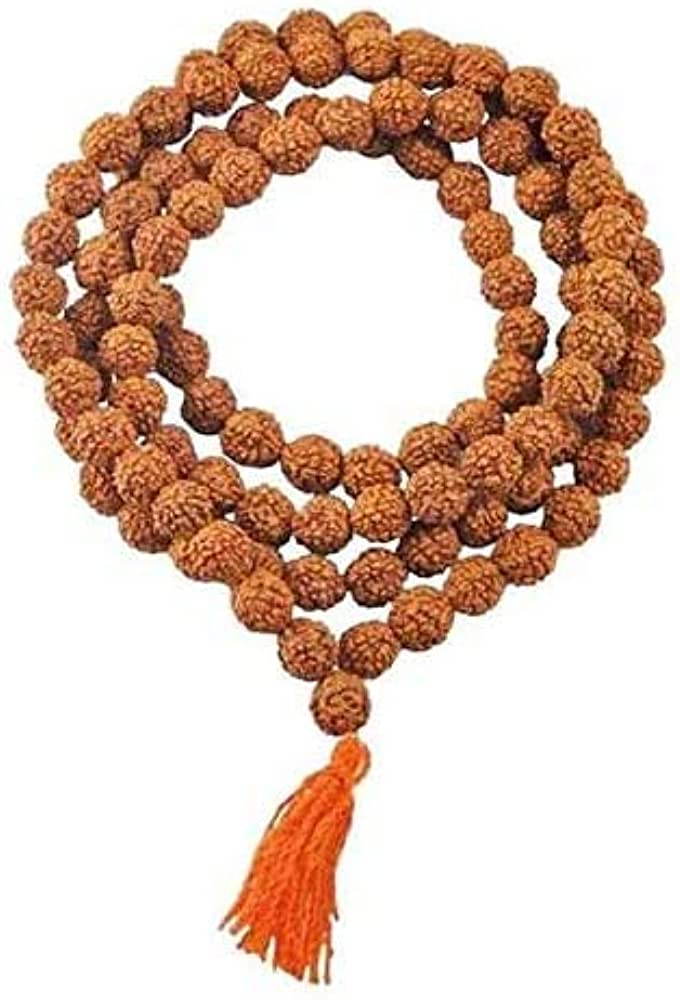Why are there different directions for religious activities?
Why are there different directions for religious activities?
There are four main directions, four sub-directions and two directions, the upper and lower, which together make ten directions. Eight other directions have been determined by assuming sunrise as the east direction and sunset as the west direction. Dev activities are performed in the morning and evening.
For yagya, achman and pranayam, the face is kept towards the east while in the evening for deity work and pious work, the face is kept towards the west.
Apart from this, for deity place and accumulation of virtues, the west direction of God, at the time of Shraddha, the north direction of Brahmins and south direction of the doer and for self-study, Rishi work and yoga practice, the north direction is of oneself. At the time of Jaatkarma, the east direction of father and at the time of Vedarambh, the east direction of the child; at the time of initiation, the east direction of the seeker and the north direction of the Guru; at the time of applying akshataaropaan in marriage, the groom should be facing the west and the bride should be facing the east. In this way, different directions are suitable at the time of different occasions.
Now, the criterion of directions should also be tested from the scientific point of view. East-west directions are related to the attraction of the sun and north-south directions are related to the magnetic attraction of the poles. Due to fixing the east direction for deity work etc., these works are completed before noon. The nerves of the brain remain particularly excited due to the attraction of the sun from Brahmamuhurta to midday. The god 'Yama' who regulates the world is related to the south direction. Since the ancestors reside in the south, when they are invoked, they sit in the south and face the north. Therefore, the person performing the Shraddha faces the south.
Just as in Islam, there is a rule of offering namaz facing the west, similarly, the people of Sanatan Dharma do their reading, self-study and yoga practice facing the north. The Himalayas and Man-Sarovar etc. are very sacred spiritual places in the north. During the Akshataaropaan in a marriage, the groom's position towards the east indicates his all-round progress. The bride's position towards the west indicates shyness, modesty, softness, straightforwardness and womanly soft qualities in her. In this way, different directions have been determined for all the activities like Aanhik, Sadhana and Upasana etc. and for eating.


